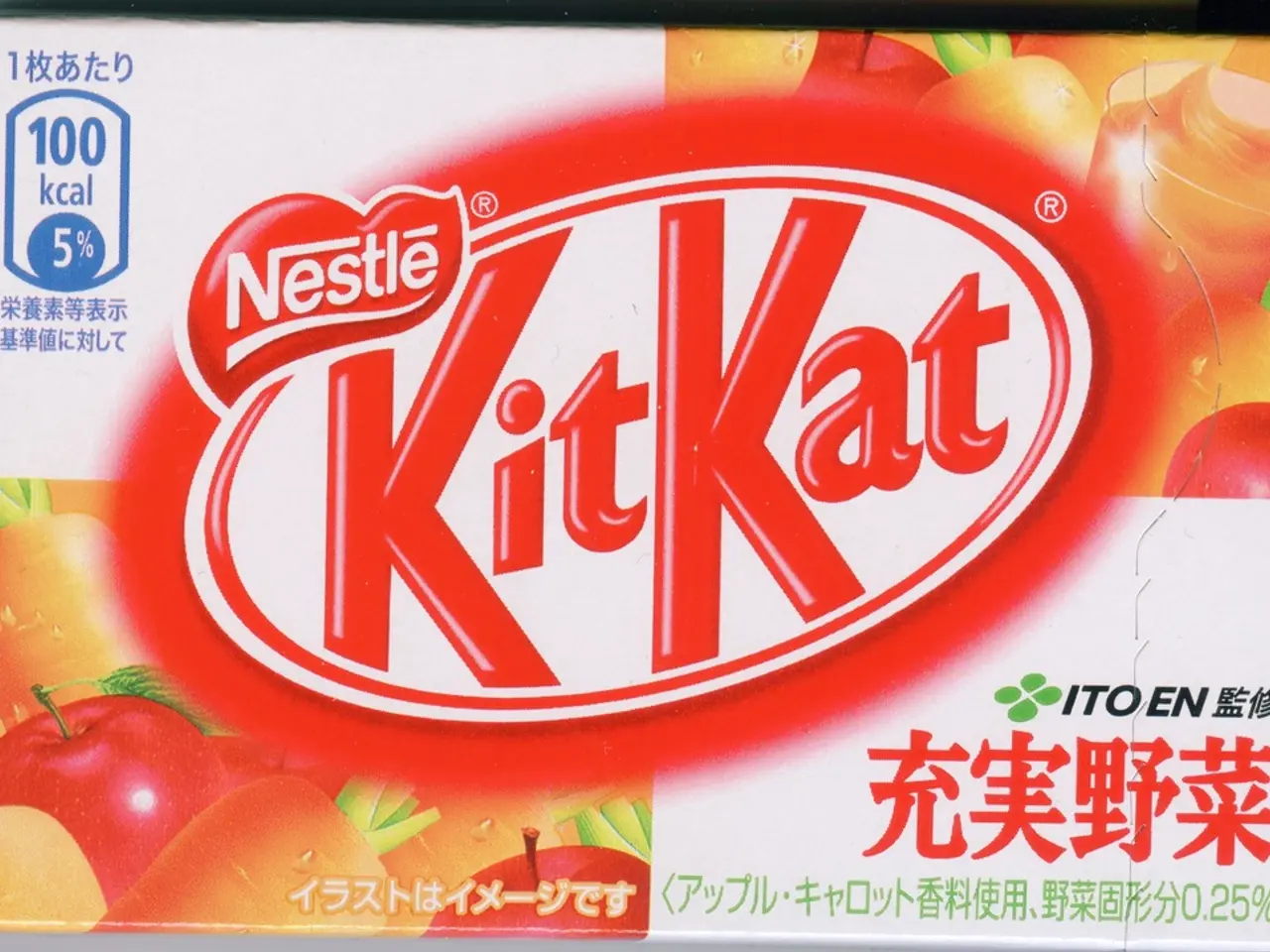Japanese Sweet and Fast Food Lovers Maintain Slim Bodies: Mystery Examined
In contrast to many countries, Japan boasts one of the lowest obesity rates worldwide, a feat achieved through a blend of cultural practices, governmental policies, genetics, and lifestyle habits.
Despite a diet that includes calorie-rich foods like bread and ramen, Japanese cuisine tends to feature smaller portions balanced with vegetables, fish, and fermented foods. This balance, coupled with cultural attitudes that discourage overeating and emotional eating, contributes to maintaining a healthy metabolism and gut flora.
The Japanese government plays a significant role in this health success. Mandatory annual health screenings help detect and manage weight-related health issues early, while public health campaigns like "Health Japan 21" promote healthy eating habits and physical activity across all age groups.
Genetically, there is a predisposition to leanness among the Japanese population, but this factor is overshadowed by lifestyle and cultural factors. Moreover, the active nature of daily life in Japan, with walking and biking as common modes of transportation, further helps maintain lower obesity rates.
Japanese people embrace a moderate lifestyle, not just in food but also in physical activity. Fast food in Japan offers healthier options, such as gyudon, miso soup, and salads, and even provides healthy burger options with vegetables, soy patties, and rice or lettuce. Vending machines and stores offer unsweetened tea and coffee, and green tea, believed to improve metabolism and reduce appetite, is popular.
The market in Japan has responded to this trend, offering a wide variety of "weight loss" supplements, diet snacks, and low-calorie desserts. Japanese people prefer a lighter taste in their food, with chocolate being less sweet and cakes being airy with minimal cream.
Chain stores in Japan sell ready-made sets with rice, fish, vegetables, and omelets, which are convenient, affordable, and healthier than Western fast food. Instead of traditional heavy lunches, many Japanese people opt for lighter options like salads or yogurt as part of their diet.
Life in Tokyo, in particular, is more active due to the lack of cars. People walk to the station, use escalators in the metro, and often choose to walk instead of crowded trains. This active lifestyle, combined with the cultural emphasis on moderation and balance, helps explain Japan's low obesity rate.
In conclusion, Japan's low obesity rate is not due to miraculous diets but rather a comprehensive interplay of cultural moderation in eating, public health policies, physical activity habits, and genetics.
Science plays a crucial role in understanding Japan's low obesity rate, as research examines the impact of cultural moderation in eating, physical activity habits, and the effect of traditional foods like fermented foods on gut flora and metabolism.
Health-and-wellness is deeply ingrained in Japanese culture, with governmental policies promoting healthy eating habits, regular health screenings, and physical activity across all age groups. This focus on fitness-and-exercise is evident in Japan's active lifestyle, where walking and biking are common modes of transportation and a preference for lighter food options is prevalent.
General-news stories often highlight the innovation in Japanese health and nutrition, such as the growth of the market for weight loss supplements, diet snacks, and low-calorie desserts, as well as the trend toward healthier options in fast food restaurants and vending machines.




